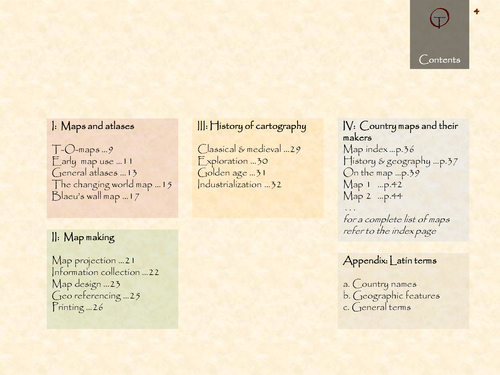






















Mexico in 44 historical maps: 1520-2018 (134 pages).
The origin of the name Mexico (Mexihca) is uncertain. Most likely it means “navel of the moon”, based on Nahuatl metztli (moon) and xictli (navel).+ It may also be derived from Mexihco, the name of the ancient Aztec capital, given by the Spanish colonists. At the end of the 16th century and early 17th century the name Mexico was also used on maps to identify large parts of present day United States. The Latin name Nova Hispania (New Spain) was used for a smaller region centred around the present-day capital Mexico City. On the world map of Ribero (1527) the eastern coastline of present-day Mexico is depicted remarkably accurate. On the atlas maps made by the Dieppe school (1547) the western coastline is also shown. One of the first separately engraved maps of Mexico was made by Italian cartographers in 1561. Numerous copies of other European cartographers would follow.
+Nahuatl is a language spoken by the native inhabitants of Mexico
Something went wrong, please try again later.
This resource hasn't been reviewed yet
To ensure quality for our reviews, only customers who have purchased this resource can review it
Report this resourceto let us know if it violates our terms and conditions.
Our customer service team will review your report and will be in touch.